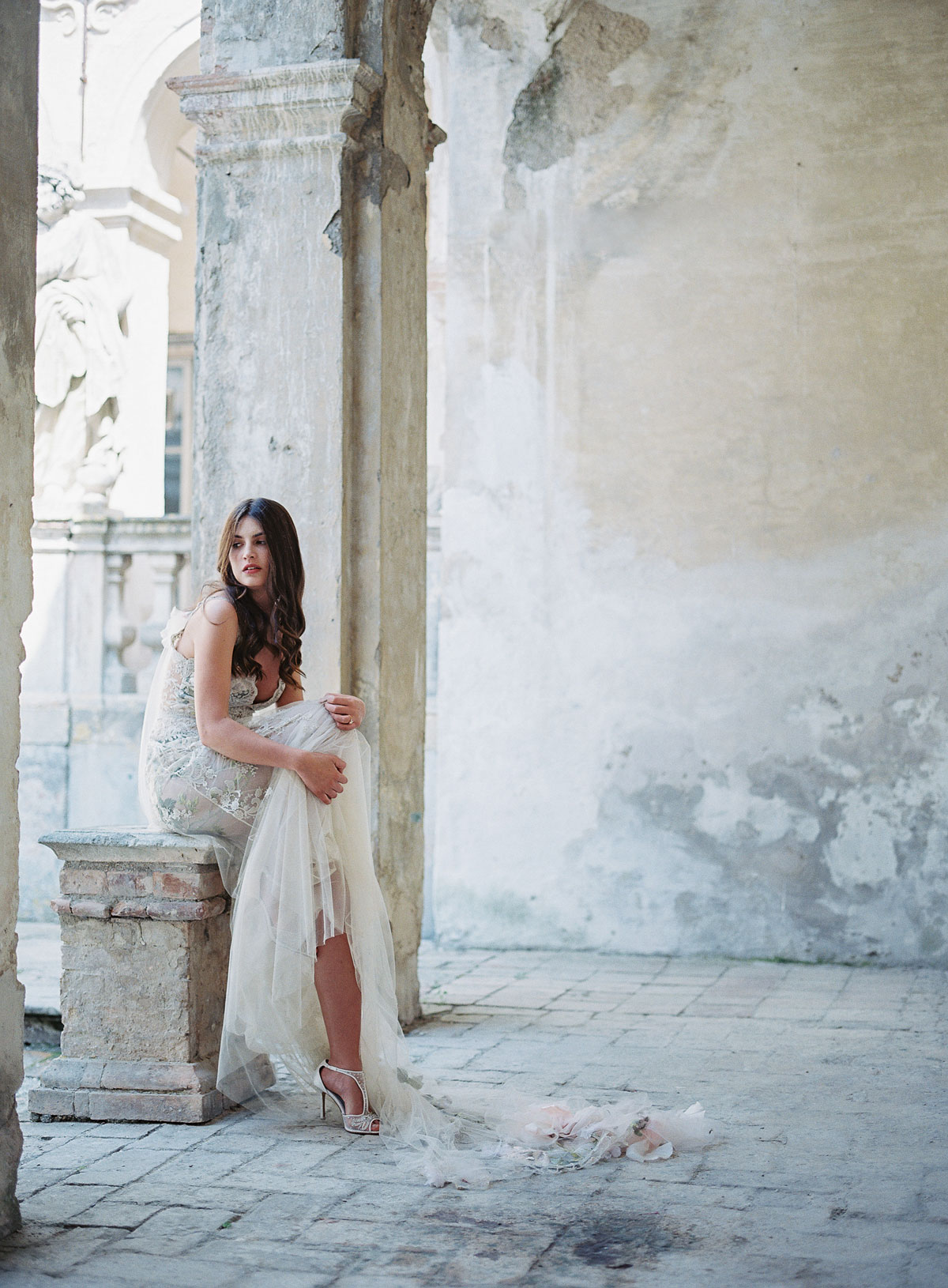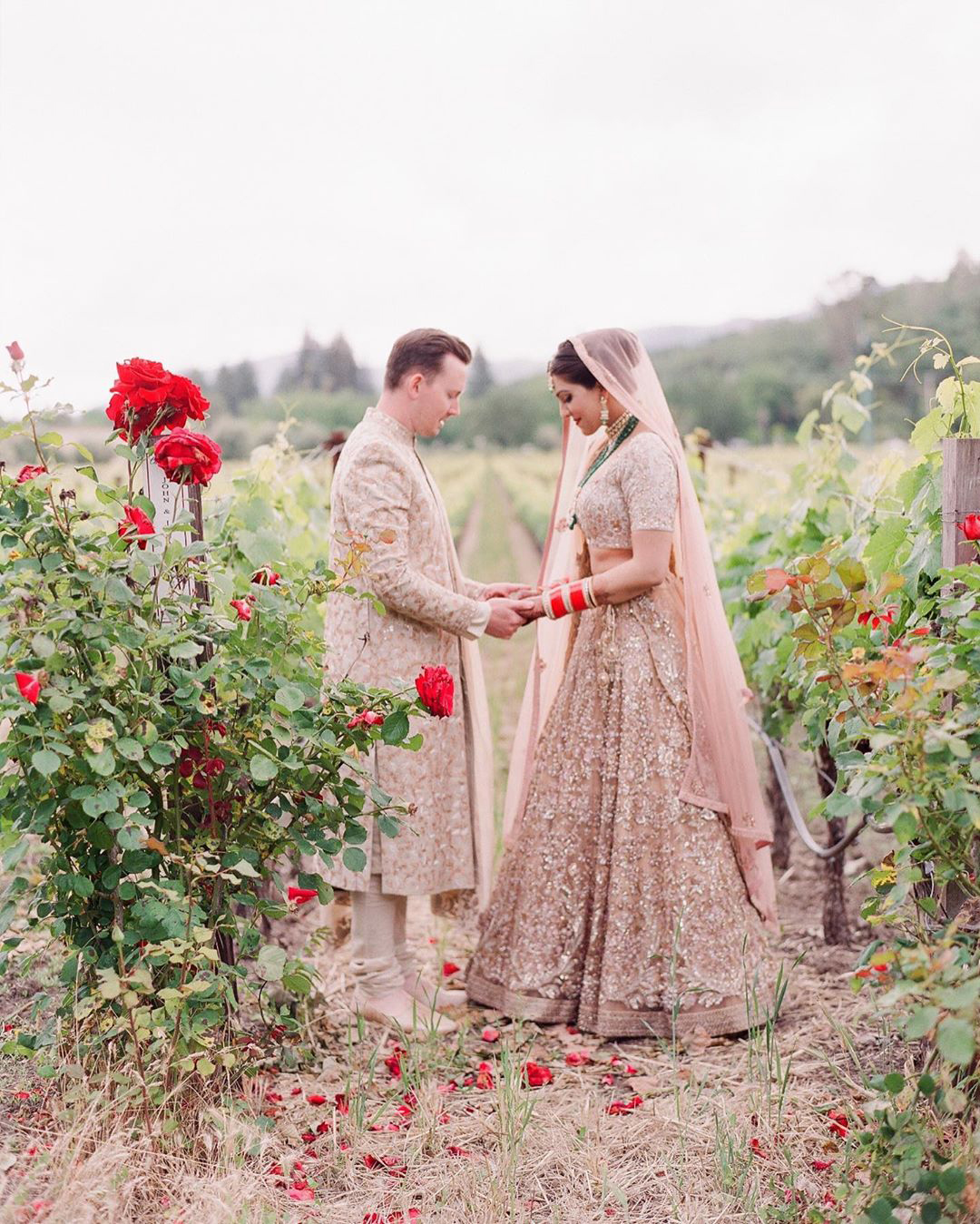What to Tell Clients About Sharing Your Images Online
A client gushing online over the amazing photos you took can be quite the compliment. But how do you make sure they are crediting you correctly? Or that they aren't throwing on a weird photo filter that changes the appearance of your work? Or doing some crazy cropping to your thoughtful compositions?
Richard Photo Lab asked four professional film photographers how they make sure that clients are sharing their images "the right way" online. Here's their advice...
HEATHER PAYNE
As a photographer in a digital age, I know the importance of allowing clients (and the entire creative vendor team) the ability to post & share their wedding day with the world. Whether it's in a Facebook album or on the wall of my client's home, I want my images to be shared and displayed in their highest quality.
My outlook (which may be different than some) is to educate my clients from beginning to end on what to expect from me and walk them through all of my processes. I try to view everything from the client's eyes—remember, they're trying to juggle 10,000 things while planning their dream wedding day and not getting salty when they forget the proper ways to share their images online.

From booking, my clients are guided in their contract on how to use their images when posting online. They understand that I retain all of the copyrights to the images to use for my portfolio, advertising, and submissions (with model release). Within the contract, I have shared the proper ways on how they can share their images online. It is required that a citation of the photographer (me) is made on every image with links back to my website (where applicable), and they agree that under no circumstances are they or their family members allowed to alter my images when placing on the internet. This entails adding filters to alter the colors and cropping (with exceptions of forced cropping for Instagram). I need my photographs that are placed online to be accurate representations of my work so that future clients have a good understanding of the type of photographs that they'll receive.
When the client receives their online gallery, this is readdressed in the initial gallery invite to remind the client of the proper photo etiquette along with an example. If my bride decides to share their gallery with friends or family, they are usually forwarding this main gallery invite, so having my guidelines on here will then be spread to everyone.
It is here that I'm also telling the client that I will be emailing the entire creative team with a different gallery of selected images for their vendors to use. This is so important to ensure only my best images are shared with the world. From here, I send a curated gallery to the creative team with the same information on etiquette.
It's not uncommon for my bride to slip up and forget to tag me on social media. I don't take it personally. I will send them a little DM to remind them, as I'm sure they simply just forgot. It is my responsibility to see it through that my images are showcased the way I want the world to see them.
SAWYER BAIRD
Most clients these days do ask about proper ways to share images online—I think it has become common to ask due to articles being so, so public these days on the topic. Which is always lovely to cover!
I personally address the information in my contract. I have them initial next to it, as well—I only have clients initial a few sections in my contract, this being one.

A lot of clients also bring it up during the sessions now, too, asking 'When we share, how do we credit you?' So besides in the contract, I can just tell them directly in that moment.
I am lucky that I haven't had to manage a re-editing issue... yet. But hopefully the day won't come! In wedding contracts, I do cover the topic of re-edits, but with mini sessions my 'contract' is basically just a lengthy wordy invoice covering the basics.
JEREMY CHOU
As photographers, we’ve all worked extremely hard to establish a distinct ‘look’ that’s unique to our brand. Even though they might have the best of intentions in sharing our work, it can definitely be a frustrating experience when they deviate from the aesthetic we've crafted.
Believe it or not, I've found the best way to avoid this problem is to have such a distinct ‘look’ that people will want to share your work the way it’s intended. Can you imagine people paying millions of dollars for a Picasso and then trying to paint over it? But, before we can get to that point in our careers, it’s helpful to send a friendly reminder to our clients & vendor friends so they will respect the way our work is intended. There are few things to keep in mind:
First, people tend to act more favorably towards you if they feel indebted to you already. So, start by saying 'I want to thank you in advance for...'

Second, most people simply just don’t know how much work goes into choosing 'the look’ for our work. So by educating them, it will generally eliminate the issue of altering our work. Here’s an excerpt from an email template that I send to some clients & new vendor friends that does exactly that:
All of the images you received have a special treatment to create the signature look my studio is known for. The process is done with state of the art computer software and professional color technicians. I take a lot of pride in creating each image for my clients, and as you can see, color & tonality accuracy is very important to my work!
I am fortunate enough to work with some of the best clients/vendors out there, such as yourself, who respect my vision as an artist and not alter my images in anyway when sharing. I want to thank you in advance for sharing the images the way they are intended!
Just following these two tips can make an impact.
MEG SOREL
I address how clients should share my images online within the photo contract.

Here is what I say in my contract:
The digital image files may be used by Clients for personal, non-commercial use, including reproduction of copies for family and friends, and on personal social media accounts. Any and all publication of images on social media must be accompanied by a photo credit.
Having it in writing really solidifies the expectations.



